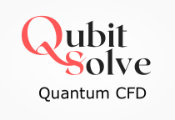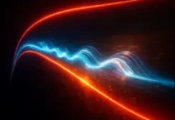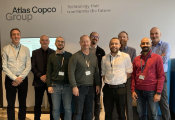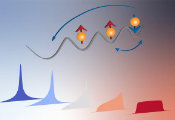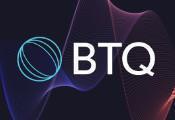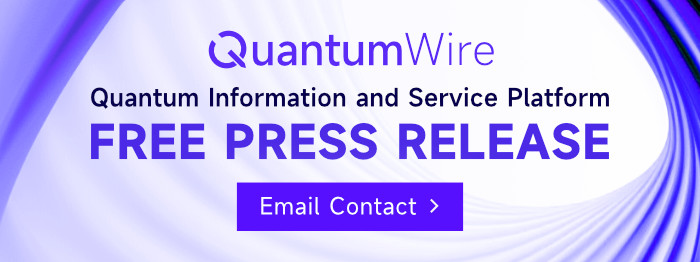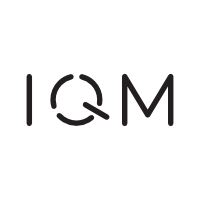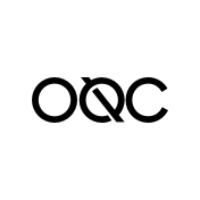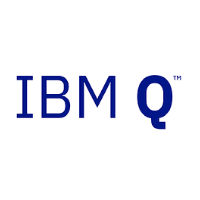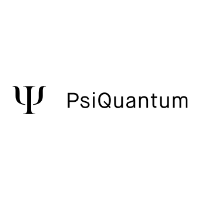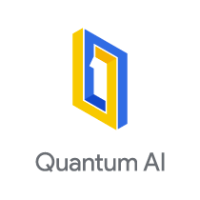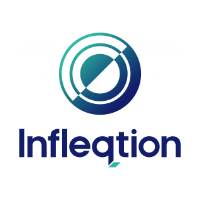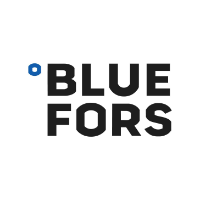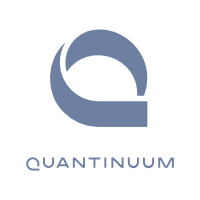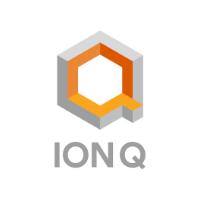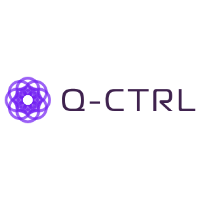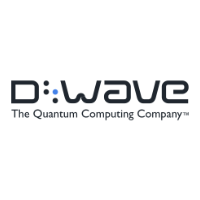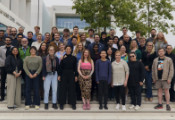DARPA Selects 11 Participants for Quantum Benchmarking Initiative Stage B
November 07, 2025 -- Yesterday, DARPA quietly updated its webpage for the Quantum Benchmarking Initiative, listing 11 participants for stage B. The Initiative, an outgrowth of DARPA’s Quantum Benchmarking and Underexplored Systems for Utility-Scale Quantum Computing (US2QC) programs, began in July 2024. It aims to determine if any quantum computing methods will reach utility-scale operation by 2033.
At its inception last year, DARPA QBI lead Joe Altepeter was pretty clear on the level of scrutiny:
“Our opening position is skepticism. Specifically, skepticism that a fully fault-tolerant quantum computer with a sufficient number of logical qubits can ever be built. We will walk into the room and say, ‘We’re pretty sure whatever you’re doing is not going to work.’ I will bring a small army of scientists and engineers, we will listen to your evidence, and we will double and triple check using our own analysis. And if we’re convinced the technology you’re developing checks out and you’re onto something big, we’ll tell the rest of government and become a strong advocate for your approach.”
Here’s a breakdown of QBI’s three stages:
- Stage A: Now completed, this phase focused on delivering detailed technical specifications for a utility-scale quantum computer concept with a credible near-term path to realization.
- Stage B: The current phase calls for a thorough evaluation of the research and development behind the proposed utility-scale quantum computer concept.
- Stage C: In this phase, teams will collaborate with DARPA’s independent verification and validation group to assess whether the proposed system can be built as specified and perform as designed.
DARPA announced most of the initial participants of stage A in April. QuEra announced its inclusion a few weeks later. The Agency described Stage B as a yearlong process of R&D scrutiny and noted that it would be followed by Stage C’s hands-on deeper dive.
“During Stage B we’ll thoroughly review all aspects of their R&D plans to see if they can go the distance — not just meet next year’s milestones — and stand the test of trying to build a transformative technology on this kind of a timeline,” Altepeter explained back in April. “Those who make it through Stages A and B will enter the final portion of the program, Stage C, where a full-size IV&V team will conduct real-time, rigorous evaluation of the components, subsystems, and algorithms – everything that goes into building a fault-tolerant quantum computer for real. And we’ll do all these evaluations without slowing the companies down.”
The 11 companies taking part in Stage B are:
- Atom Computing: Boulder, Colorado (scalable arrays of neutral atoms)
- Diraq: Sydney, Australia, with operations in Palo Alto, California, and Boston, Massachusetts (silicon CMOS spin qubits)
- IBM: Yorktown Heights, New York (quantum computing with modular superconducting processors)
- IonQ: College Park, Maryland (trapped-ion quantum computing)
- Nord Quantique: Sherbrooke, Quebec, Canada (superconducting qubits with bosonic error correction)
- Photonic Inc.: Vancouver, British Columbia, Canada (optically-linked silicon spin qubits)
- Quantinuum: Broomfield, Colorado (trapped-ion quantum charged coupled device (QCCD) architecture)
- Quantum Motion: London, UK (MOS-based silicon spin qubits)
- QuEra Computing: Boston, Massachusetts (neutral atom qubits)
- Silicon Quantum Computing Pty. Ltd.: Sydney, Australia (precision atom qubits in silicon)
- Xanadu: Toronto, Canada (photonic quantum computing)
Missing from the Stage A cohort are Alice & Bob, Atlantic Quantum (now a part of Google Quantum AI), HPE, Oxford Ionics (acquired by B participant IonQ), and Rigetti. The Agency has pointed out that the evaluation process is on varying timelines and that companies involved could advance at different times along the three stages. DARPA said it’s likely but not a guarantee that other companies will join Stage B.
DARPA has always stressed that QBI is not a competition between participants and that the Agency is striving to pursue all viable pathways to utility-scale quantum computing. Unlike classical computing, no dominant architecture has emerged, and each technology stack presents its own mix of advantages, drawbacks, and unresolved engineering challenges.
With Stage B now underway, DARPA is confronting that heterogeneity head-on as it assesses the 11 teams’ plans over the next year.

